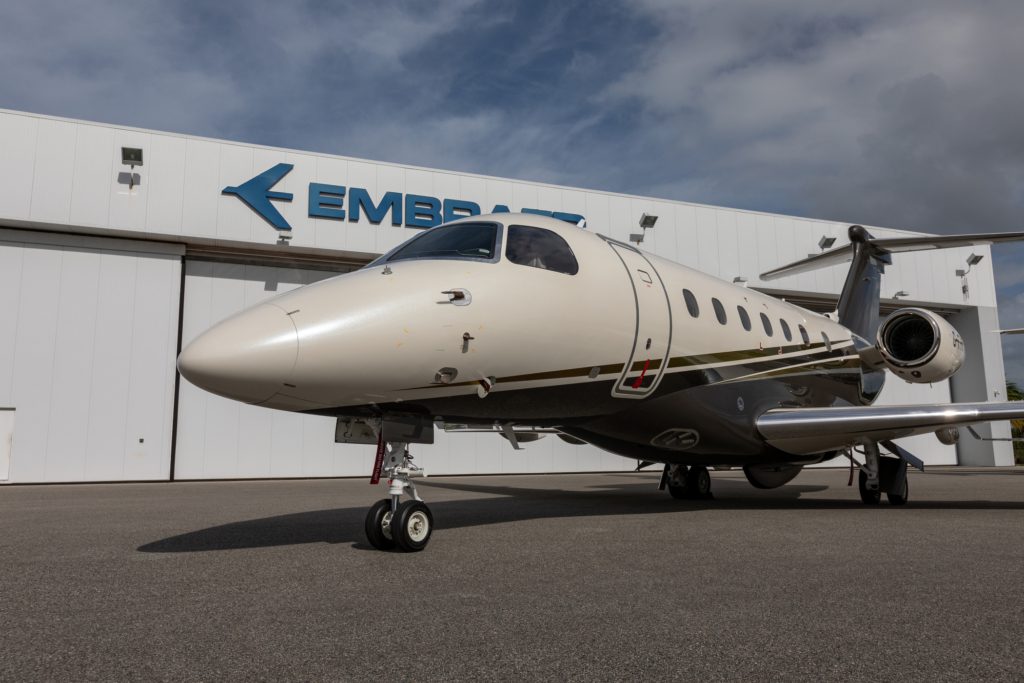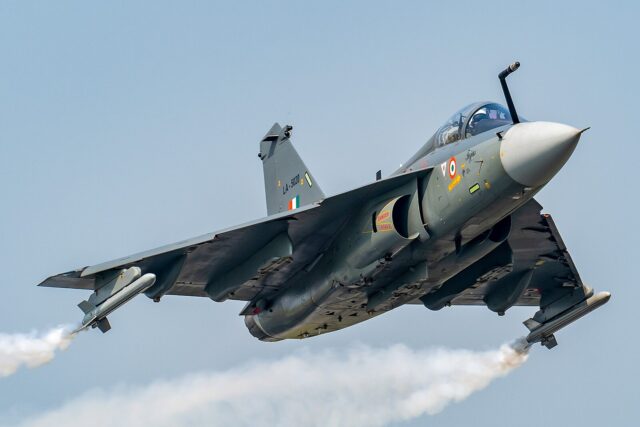Flexjet becomes launch operator for Otto’s windowless laminar flow business jet with 300 aircraft order

September 30, 2025

Otto Aerospace, the company working to bring the Phantom 3500 business jet to market, has received its first order, and it’s a big one. Flexjet, one of the largest fractional ownership companies in the world, has committed to 300 of the aircraft with additional options, marking one of the largest orders in business aviation history.
Announced at the UP.Summit in Texas on 29 September, the firm order means Flexjet will be the launch operator for the new aircraft. Otto Aerospace claims the Phantom will deliver fuel burn reductions of up to 60% compared to similarly sized business jets, thanks to its carbon composite construction and laminar flow aerodynamics.

“For 30 years, Flexjet has led through innovation opposed to imitation, introducing tomorrow’s standards, not reacting to yesterday’s expectations,” says Flexjet Chairman Kenn Ricci. “The Phantom 3500 exemplifies that approach perfectly, marking a bold step into a future where an aircraft’s efficiency and sustainability stand alongside speed, comfort and range as defining standards.”
Beyond the order, Flexjet says its own in-house maintenance team will become an authorised service centre for the Phantom 3500, integrating support for the clean-sheet aircraft into its global technical network.
What is the Otto Aerospace Phantom 3500?
Otto Aerospace’s Phantom 3500 is one of the most revolutionary aircraft designs of the 21st century.
The clean-sheet business jet is intended to be a next-generation supermidsize, high-efficiency aircraft. It plans to use laminar flow aerodynamics and lightweight carbon composite construction to deliver significant reductions in fuel burn and operating costs.
The Phantom is expected to have an MTOW of around 19,000 lbs, placing it at the top end of the Part 23 category, rather than the more stringent Part 25 category. It will have seating for nine passengers, with a range of 3,200 nmi under typical conditions.
The MTOW is significant. Most aircraft in this size category are in the range of 39,000 – 42,000 lb MTOW, meaning they fall into the trickier Part 25 certification band. By using a lightweight composite structure, Otto’s Phantom is able to have smaller engines, less fuel on board, and consequently a lower MTOW, allowing for an easier certification pathway.

Unusually, Phantom will not have any traditional windows at all. In order to maintain a seamless outer mould line for optimal aerodynamics, Otto is designing the aircraft with high-definition 72-inch digital display panels, giving passengers a large area view of the outside world, with the option to overlay this display with synthetic vision showing geographic points or other information.
Why Flexjet wants the Phantom for its future fleet
Flexjet is one of the largest business aviation companies in the world. According to WingX data, at the end of 2024, it had a fleet of 304 active aircraft, mainly in the midsize, super-midsize and large cabin categories. These include models such as Embraer’s Phenom 300, Praetor 500/600, Bombardier’s Challenger models and Gulfstream G650/700.
Opting for a clean-sheet design that hasn’t even flown yet is a bold move for Flexjet. However, it aligns with the brand promise of ‘luxury with an edge,’ and reflects the huge pressure on the private aviation market to green up their operations and choose more sustainable pathways.

Flexjet already has a 4AIR Bronze sustainability rating, and many of its customers are sensitive to the optics of private jet use. While the company has committed heavily to future deliveries from Embraer, with a landmark $7 billion deal signed earlier this year, jumping into a brand new aircraft type with such a big order is a major signal to its competitors – Flexjet is preparing for tomorrow.
“Flexjet’s decision to build its fleet around the Phantom 3500 speaks volumes about where aviation is headed,” says Paul Touw, CEO of Otto Aerospace. “As one of the largest business jet orders in private aviation history, this marks a turning point in the industry’s move toward sustainable and efficient air travel.”
When will Flexjet get its first Phantom 3500?
Otto Aerospace is now in the preliminary design review (PDR) phase of development, and plans to wrap this up by October 2025. The company has already placed orders for long lead items such as engines, avionics, landing gear and complex castings, to ensure it has these parts in hand reach for assembly.
Otto says it plans to build four flight test vehicles (FTVs) with production conforming configuration, meaning they should be near to the final design of the aircraft. Taking this approach is intended to speed certification. To support production, the company is developing a manufacturing and assembly facility at Cecil Airport in Jacksonville, Florida.

The maiden flight of the Phantom is targeted for early 2027, with FAA certification and entry into service by 2030. Just three years of testing is ambitious for a clean-sheet design, but Otto remains bullish on its timeline, even suggesting that testing could be reduced to just two and a half years if things go well.
Flexjet can expect its first delivery in 2030, in line with the entry into service date. However, Otto has a mountain to climb before that happens, and a great deal hinges on the smooth production of the four FTVs and rapid certification.
Nevertheless, having one of the largest business aviation companies investing in the product at this early stage is a massive vote of confidence for Otto, and could spur more orders as it nears entry into service.
















